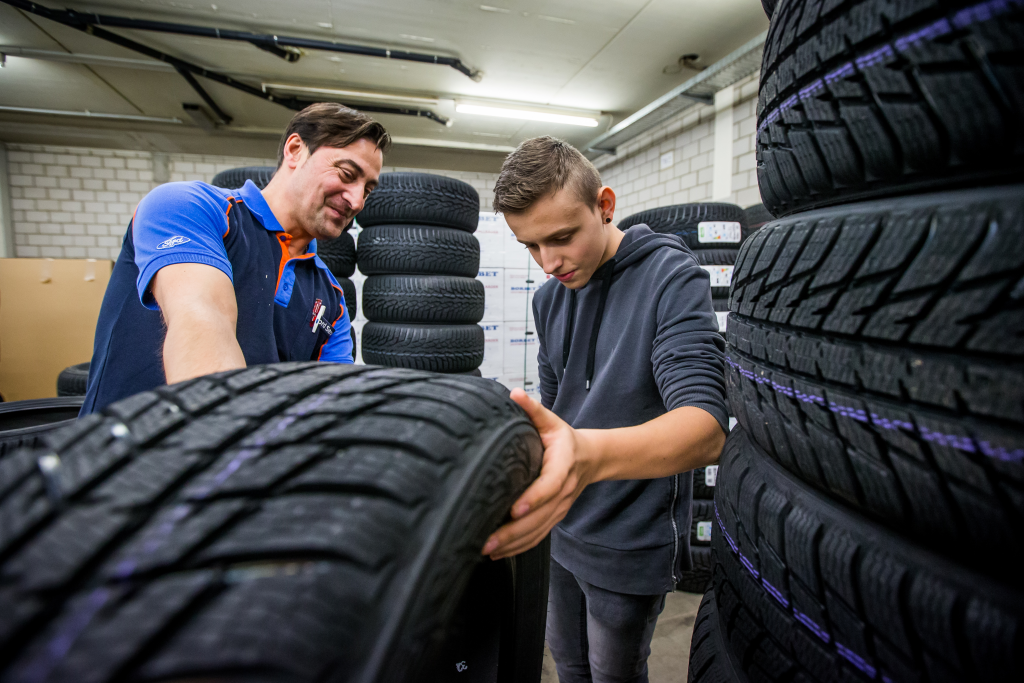'Facilitating the transition to VET through the LIFT project'
LIFT (in German: 'Leistungsfähig durch individuelle Förderung und praktische Tätigkeit') is a national integration and prevention project for young people that focuses on the transition from lower-secondary education to upper-secondary level VET. A longitudinal study conducted by SFUVET's Evaluation Unit shows that the LIFT project reached its objectives. The study also sheds light on LIFT selection practices and examines the progression of young people who took part in the project.
LIFT is an integration and prevention project for young people who face particularly difficult challenges when it comes to their future entry into the labour market due to scholastic underperformance, lack of motivation or insufficient family support. These young people are selected by teachers during lower-secondary education. The core elements of the LIFT project are regular, voluntary short-term extracurricular assignments - referred to as 'weekly workplaces' – in which young people work at local businesses in the respective region. Specialists then prepare them for their workplace assignments and provide guidance as needed.
During the longitudinal study 'Competence development through LIFT', young people in the German-speaking region of Switzerland were contacted several times during their last three years of lower-secondary school and filled out questionnaires on various aspects such as transferable competences, motivation, self-esteem, grades in school, etc. Data were collected on three successive survey dates. At total of 830 participants took part in the study, 381 of which provided input on all three survey dates. The students’ self-report data was supplemented by their teachers’ assessment of their need to participate in LIFT, as well their chosen transition choices at the end of compulsory education.
The stated objective of the LIFT project was for 50-60% of LIFT participants to sign an apprenticeship contract upon completion of compulsory education. Based on the outcomes observed among the LIFT participants who took part in the longitudinal study, researchers concluded that this objective has indeed been reached. There are nonetheless major differences between individual cantons, which seem related to the fact that each canton had a different proportion of young people falling into the 'high priority' category in terms of participation needs. The present report also shows that teachers tended to ascribe greater support needs to young people whose social skills were deemed to be lower as well as to young people whose parents originated from outside of Switzerland. Other factors also played a role in determining the actual participation of young people in the project, as only 45% of LIFT participants fell into the 'high priority' category.
Additional findings on the experiences of young people can be found on the Web siteEvaluation of LIFT youth project as well as in the final report Forschungsprojekt «Kompetenzentwicklung mit LIFT», Abschlussbericht.
